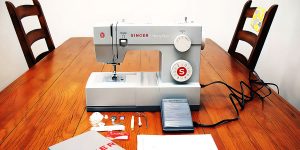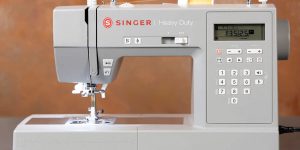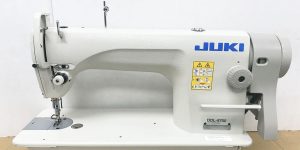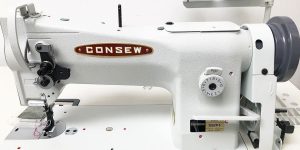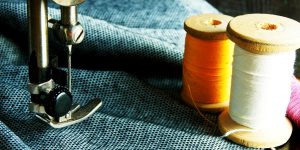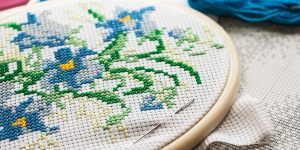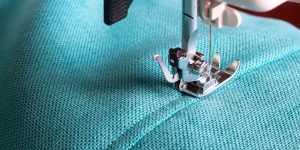In the exhilarating world of textile artistry, it’s easy to forget about the importance of safety measures. Yet, at the heart of every successful sewing project lies the crucial adherence to sewing safety rules. Preventing sewing machine injuries, in particular, should always be a top priority.
Create a safe workspace
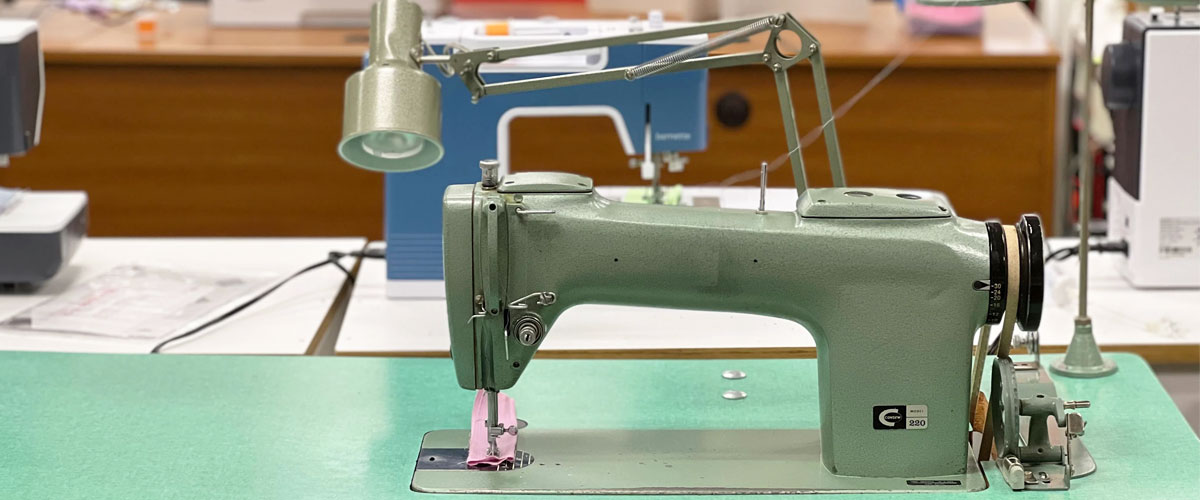
I can claim that creating a safe workspace for your sewing projects is a fundamental step in ensuring the practice of sewing safety rules.
- Organization is key: Keep your sewing tools neatly arranged, and never leave sharp objects like scissors, needles, or pins unattended in the workspace.
- Opt for proper lighting: Adequate lighting is vital to avoid straining your eyes and to help you see clearly while working with needles, threads, and fabrics.
- Ensure good ventilation: Sewing machines can get hot with continuous use; a well-ventilated room can help maintain a cooler working environment.
- Maintain clear pathways: A clutter-free floor space reduces the risk of tripping over cords or stepping on stray pins or needles.
Proper handling of sewing tools and equipment
Understanding the proper handling of sewing tools and equipment is paramount in enforcing sewing safety tips. Here’s how you can safely manage common sewing tools:
- Scissors: Always hold them by the handle, not by the blades. When passing them to someone, offer the handle first.
- Rotary cutters: Always lock the blade when not in use and keep your fingers away from the cutting edge.
- Pins and needles: Use a pincushion to store pins and needles when not in use. Never hold them in your mouth or clothes.
Proper maintenance and storage of tools not only enhance safety but also extend the lifespan of the tools. Here’s a quick guide to tool care:
| Tools | Maintenance | Storage |
|---|---|---|
| Scissors | Regular sharpening; oil hinges occasionally | Store in a dry place; preferably in a protective sleeve |
| Rotary cutters | Regular blade replacement; clean after use | Always retract blade; store separately |
| Pins and needles | Discard bent or dull items | Use a pincushion or magnetic holder |
Machine safety
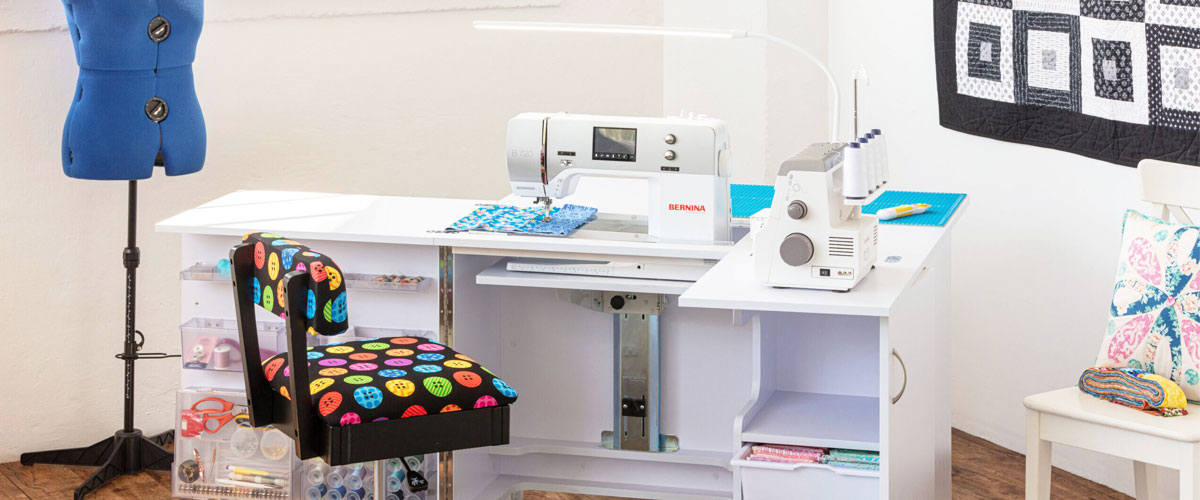
When it comes to sewing machine safety, the essence of the sewing safety rules really comes into play. Ensuring your interaction with the machine is safe can drastically reduce the chances of an accident.
Familiarize yourself with the manual
The first step should always be reading the manual. Every machine is unique, and understanding its specific operation details will enhance safety and functionality.
Power and electrical safety
Remember to unplug the sewing machine when it’s not in use or during maintenance. Keep the cord out of pathways to prevent tripping.
Needle safety
Change your needle regularly. A dull needle can lead to accidents and poor stitching. Always keep your fingers away from the moving needle.
Thread handling
When threading the machine, ensure it’s switched off to prevent any accidental triggering.
Bobbin safety
Avoid overfilling the bobbin, as it could get stuck and hamper the operation. Keep the bobbin area clean and free from lint.
Sewing speed and control
Maintain a steady speed that you’re comfortable with. High-speed sewing may lead to loss of control and errors.
Child and pet safety
Keep the sewing area off-limits for children and pets. Small accessories like pins, needles, and scissors can pose a serious hazard.
Understanding and using safety equipment
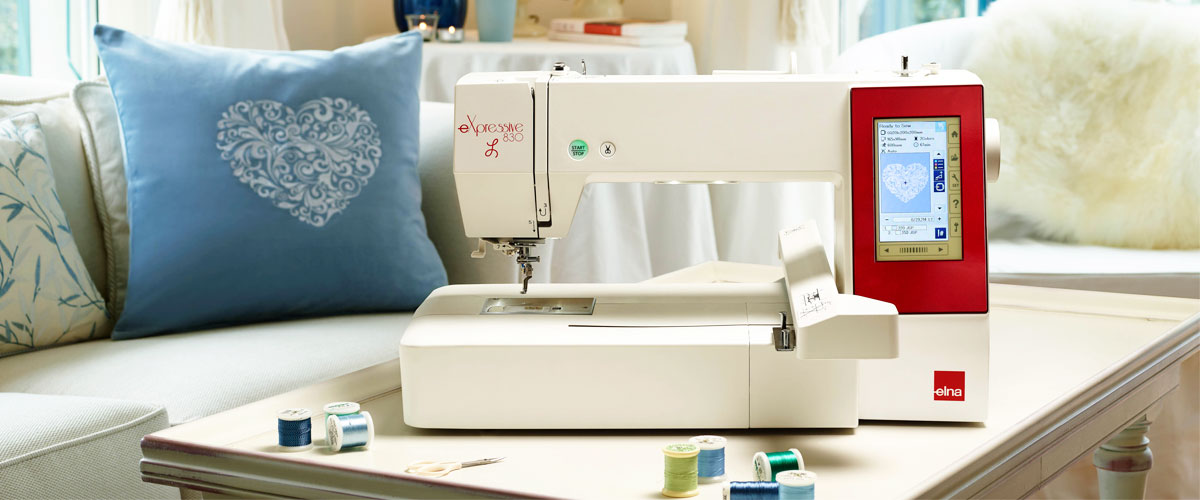
When undertaking any sewing project, appropriate sewing machine safety equipment is just as important as any other tool. It can prevent unnecessary injuries and keep you safe during your sewing journey.
- Safety glasses: Tiny fragments or broken needle pieces can be hazardous. Safety glasses protect your eyes from such risks.
- Finger guards: These protect your fingers from the needle during sewing. Especially useful for beginners.
- Sewing machine covers: Covers keep dust and debris out of your machine when not in use, ensuring smooth and safe operation.
To use this safety equipment effectively
- Wear safety glasses whenever you are operating the machine or handling sharp objects.
- Use finger guards when manually feeding the fabric into the machine.
- Cover the machine whenever it’s not in use to avoid dust accumulation.
Handling emergencies
Even with the best safety precautions, emergencies can occur while sewing. Knowing how to handle these situations is a vital aspect of the safety rules for sewing.
Needle pricks: Minor pricks can be common while sewing. Clean the wound with soap, and warm water, apply an antiseptic and cover it with a bandage. If a needle breaks and embeds in your skin, seek immediate medical help.
Cuts: For small cuts, wash with warm water and soap, apply an antiseptic, and use a bandage. For more serious cuts, apply pressure with a clean cloth to stop bleeding and seek immediate medical attention.
Eye injuries: If a fragment enters your eye, avoid rubbing it. Rinse with clean water and seek medical attention.
First aid: It’s advisable to keep a well-stocked first aid kit in your sewing area. This should include items such as bandages, antiseptic wipes, tweezers, and an eye wash solution.
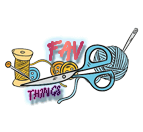
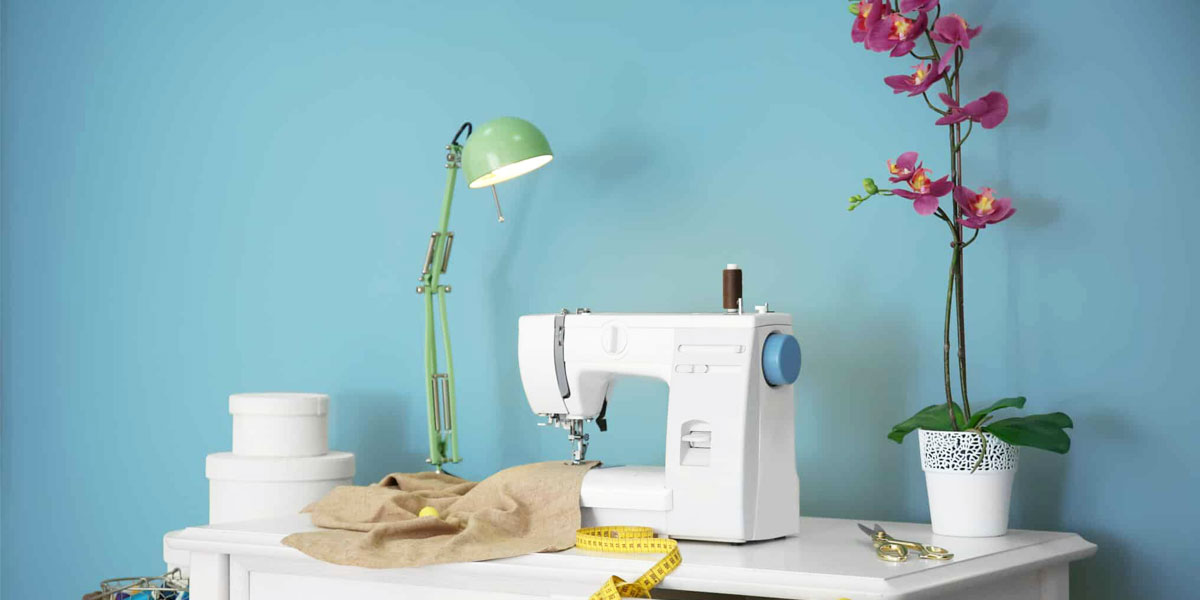
![The 4 Best Machines Under $500 [Budget Sewing Solutions]](https://www.favoritethings.net/wp-content/uploads/2024/03/best-sewing-machine-under-500-review-300x150.jpg)
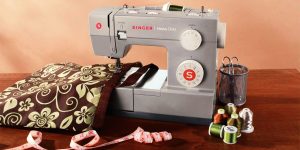
![Best Sewing Machines for Upholstery [Crafting with Quality]](https://www.favoritethings.net/wp-content/uploads/2024/02/best-sewing-machine-for-upholstery-300x150.jpg)
